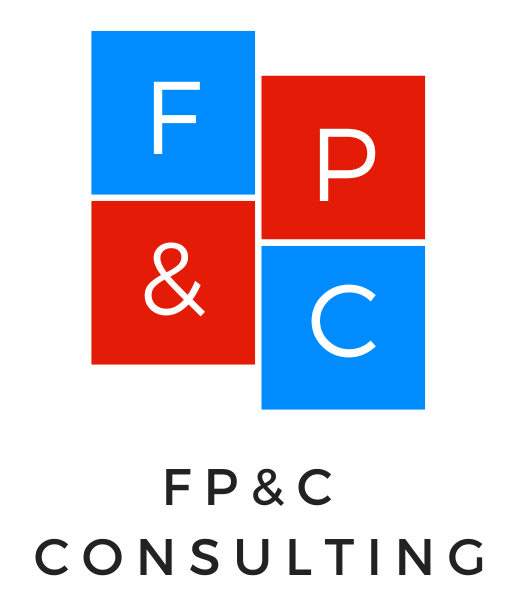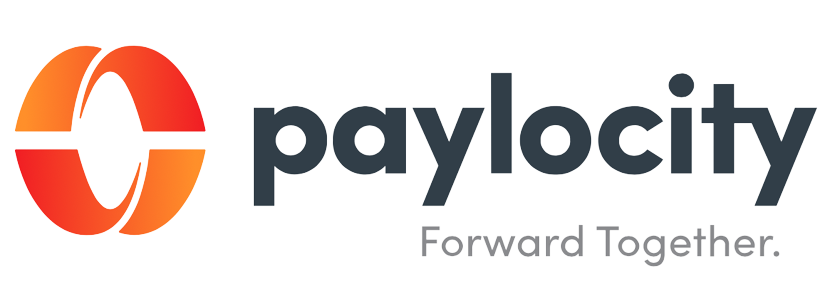Preview: A large part of government contracting requires patience and an understanding of timelines. Let’s take a look at how this translates for both Contracting Officers and an interested business.
Let me paint a familiar picture: you found an upcoming opportunity that you are confident about performing well and prepared to put in the work to win the bid. You did your market research, responded to RFIs and Sources Sought, and had some productive conversations with potentially your SBA representative, contracting officers, and others in the agency. The problems they’re having with a current contract or the reason the agency wants to hire out for a particular goal are familiar and solvable to you. You have as much ready as you can possibly prepare. You know the RFP is going to drop soon, but now it’s a waiting game.
From the Contracting Officer’s perspective, maybe the RFI’s they received are complicating an already complicated process. They’ve met with many different businesses who claim to offer solutions and most of them seem capable enough, but some of them don’t seem to have quite enough resources and others have fantastic past performance in the private sector, just not yet the federal sphere. If it’s not a new requirement, are they safer going with the less perfect option that they’re already familiar with? Or have issues remained unsolved for long enough that going with a new perspective might be better for the overall agency goals they support? They might have pushed back their timeline a few times to allow for better research, more conversations with people the contract will affect, and a chance for the incumbent to fix glaring issues. One month extra might turn into two or three or a bridge contract to keep things running while decisions are made. Finally, they can’t wait anymore and have as much information as they can possibly get. They wait until a Friday at noon, thinking they’ll drop it so people have a couple of days to relax before getting into the nitty gritty of the RFP. After all, they have two full weeks to a full month to prepare a proposal and they’ve been waiting extra long for the information to be released. Sooner is better, right?
Now that the business finally has the official RFP to write, the race is on. They were likely prepared well ahead of time, after all, but timing is critical here. The extra months cost them a few resumes they’d worked hard to find for this particular contract and mission, so now you have to start that search all over again. Maybe the RFP had a few teaming issues pop up because instead of being competed for Small Business, the contracting officer had been impressed by a few 8(a) companies and chose for it to be 8(a) set-aside. Your original teaming partner can’t help, so now you have to find someone new who’s ready to team and whom you know you’ll work well with for this. And it all has to start with a weekend of work to re-solidify the proposal you thought you were submitting. While you do have two weeks or a month to finish writing the proposal (or having someone else assist), you want to have everything hammered out but not submitted until the safety of the last second. Proposals submitted early are not necessary and can come with problems, such as teaming partner snafus or an aggressive competitor who decided
to outbid you. The Contracting Officer had reasonable intentions with their timing, but for your needs, a Monday or a Wednesday would have been better. You get everything together quickly and efficiently with a proposal writer you trust and wait until the timing is right for your submission.
The Contracting Officer likely knows they won’t see proposals coming in until the day they’re due, but they have a month or two to review and narrow down the offers. Maybe the whole team will go through them or maybe they’re stuck sorting the first round solo. They work hard to notify the “definitely not” as they find them and as time goes by, those who are in the final round are asked about pricing and potentially invited to negotiate.
The business finally gets invited to negotiate (also known as “discussions”) and with the relationship they’d built with the contracting officer as well as the intel they had gathered during the waiting period, they still feel confident in their submission. Unfortunately, the last-minute 8(a) switch and their pricing is just a little too high cost them what they had hoped was a sure deal. This story still has a happy ending though, because while they didn’t get this particular contract, the Contracting Officer was really impressed by their efforts and gave them some insight into a few upcoming opportunities that were new requirements that hadn’t been announced yet and were perfect for the business.
Both contracting officers and businesses have a variety of ways they perform their jobs. Understanding both a federal timeline and feeling confident in your win potential as you prepare are key. Contracting officers are often in charge of lots of opportunities and they want to find both the best (and sometimes easiest) way to fulfill their staff’s and agency’s needs. Business owners need good networking, a solid business practice, and patience as they navigate the government contracting sphere. Most important of all, they need deep understanding of the big picture…from the government’s perspective.
If you’re a business that wants help growing and navigating the government contracting sphere, FP&C has the experience in both the federal and private business spheres that you are looking for! We provide you with timely updates and connections you won’t have to wait or search for. Let us help you with understanding the government’s big picture…schedule a meeting with us today!

































